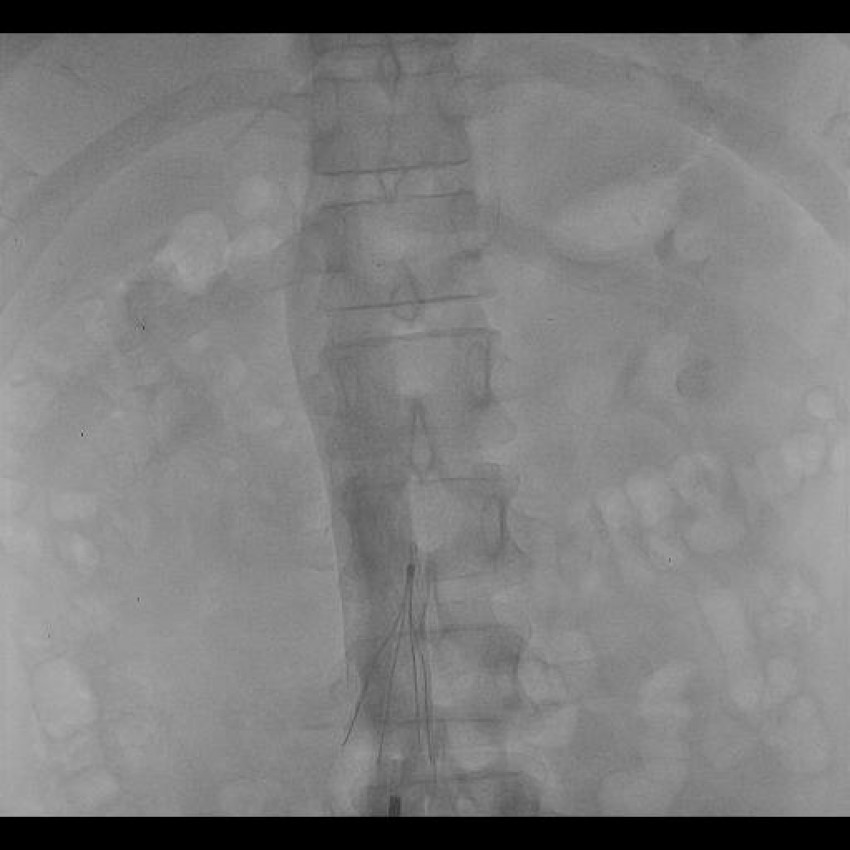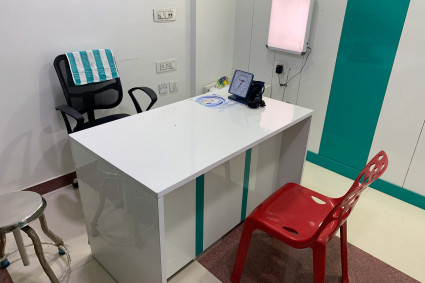
Doctors recommend hemodialysis when both the kidneys in the body fail to perform their functions. Your physician will insert an AV fistula in your upper arm or the forearm for hemodialysis. AV fistula creates a connection between your vein and the artery. If you go through hemodialysis, a blockage, infection, or narrowing of the AV fistula can develop problems. That is when you will require the surgical procedure, Fistuloplasty. Suppose you still wonder what is fistuloplasty, then read and find the answer. Besides that, we will also inform you when you should get this treatment.
Details About Fistuloplasty
Antibiotics can treat any infection caused by the AV fistula. In contrast, blockage and narrowing of the fistula require the surgical procedure, fistuloplasty. An Interventional radiologist will perform the process on the patient. The radiologist will use dyes on the X-Ray to locate the blockage. With the help of a special balloon, the medical professional will stretch the blood vessels to relieve the blockage in the fistula.
Doctors often use inferior vena cava filters to remove a fistula from the body, commonly known as IVC filters. Venous thromboembolism (VTE) is a common symptom that can be seen in the human body when the fistula doesn't adequately perform functions. Most medical professionals prefer anticoagulation as the treatment of VTE. IVC filters get used to performing anticoagulation only in selected patients.
There are primarily two types of inferior vena cava filters: Permanent IVC filters and Temporary IVC filters. In the case of permanent IVC filters, the patient will get long-term relief. This type of IVC filter is because the filter will cause absolute contraindications for anticoagulation. Let's consider temporary IVC filters. Pulmonary Embolism (PE) risk will get reduced, which is much greater, as seen in the case of permanent IVC filters.
When Should You Opt For Fistuloplasty?
Over time, blood clots start to form inside the fistula, reducing the functionality of the fistula and decreasing the dialysis process's effectiveness. Suppose the condition has not been taken care of properly. In that case, blood clot formation will permanently lead to failure in the fistula's functionality. You will notice significant progress in your dialysis result after fistuloplasty.
There are some classical signs which indicate that you require IVC filter placement.
- Anticoagulation failure.
- Rise of complication during anticoagulation which leads to the cessation of dialysis.
- Contradiction during anticoagulation.
- Progression of DVT at the time of therapeutic anticoagulation.
Final Words
We hope that now you know what is fistuloplasty, so opt for a fistuloplasty after consulting with your physician, as not removing a non-functional fistula can help you get better dialysis results. Before opting for fistuloplasty, you should know the risks associated with the process. The most common risk factors are infection, allergic reactions, and fistuloplasty bruising.




